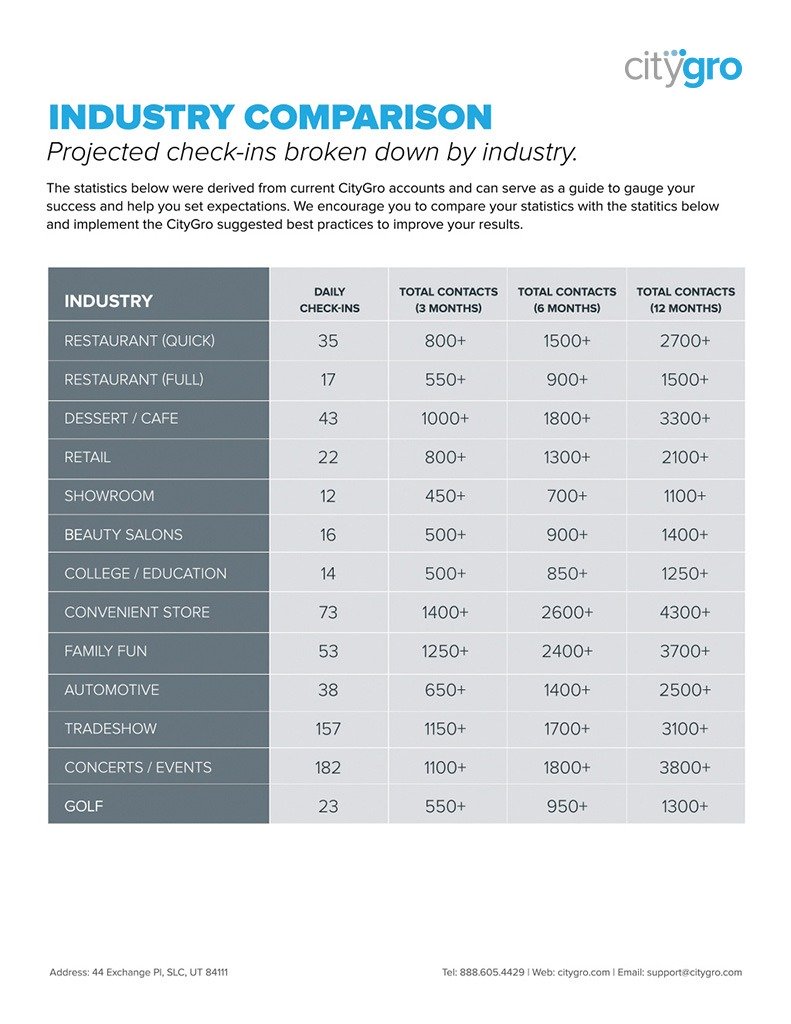CGL: The Top 3 Things Every Business Should Do To Increase Loyalty Engagement
Transcript:
Jon: Alright, welcome to CityGro live. I’m John, here as always, and we’ve got Kaleb with us from our sales team today. So happy to have Kaleb with us. We’re talking about loyalty engagement today. Um, so, so let’s start here. You’re on the front lines. You talk to a lot of customers that are, well, a lot of people that aren’t customers yet. So what, what are people doing for loyalty? What’s the common loyalty program people are running?
Kaleb: A lot of people, especially on our system, they’re running some kind of a check-in based rewards program. So you know, come in and visit the business 10 times, get something for free, maybe five times, something for free.
Jon: For people that aren’t on our system yet. Are they getting over to digital rewards? Are you talking to a lot of those or are they still running paper punch cards?
Kaleb: A lot of them are still running a paper card.
Jon: The traditional route.
Kaleb: And that’s where the interest comes into play with CityGro is making a switch to digital program.
Jon: Cool. So there’s nothing worse than implementing a loyalty system that no one uses. I mean, it’s like having a party with an empty room, right? So that’s what we’re talking about today, is how do we increase, make sure that doesn’t happen. Let’s jump right into that. What are some of the tips that you’ve got?
Kaleb: Yeah. So really today I just thought of three tips, really to help increase the engagement on the customers end in the loyalty programs. The first one is offering a good incentive to sign up for the loyalty program.
Jon: Okay, Give us some examples of some stuff that maybe you’ve seen that’s worked for people.
Kaleb: For example, recently I just signed up a client that; they’re offering a free 32-ounce fountain drink to sign up for the rewards program. It’s a small price to pay for the business. I mean, the cost is probably less than twenty-five cents. But to the customer, it’s a pretty good savings right off the bat and it’s happening there and in-the-moment, which is valuable to a customer.
Jon: Now are they offering that for signing up for the loyalty program, or do you have to sign up for like messaging, email, text?
Kaleb: Just for checking-in on the kiosk for the first time and signing up for the loyalty program.
Jon: Cool, So I’ve seen this happening a lot lately where you would have your standard “Buy 10, get one free.” for loyalty. So there’s not really a signup bonus for loyalty, but then you add a sign on bonus if they’re willing to opt into a text program or an email program. So you’re kind of double dipping. You can put in your phone number every time you come in and not receive texts. You just don’t get that initial opt-in.
Kaleb: And what some people will do is they’ll, to be able to receive that incentive for signing up, they’ll have to show a text message so they’ll have to be opted in. So that can work at times as well.
Jon: Okay. So yeah, incentives huge. They’ve got to, obviously, we’re… as humans, we’re driven by incentives. We don’t… we usually just take the easiest route unless it’s incentivizing. So yeah. So that’s big. What’s next? What else?
Kaleb: So aside from that, I mean, offering the incentive is huge because it pulls people into the loyalty program, really keeping them engaged. A way to do that is to communicate appropriately with the customer. So, through our system, we have the channels of email and text marketing. Obviously, we’re heavily focused on the texting. Being able to communicate back out to that customer, allowing them to remember you. Really getting a text message out there, staying front-of-mind with the customer keeps them engaged in the loyalty program. They think, “Hey, I remember I need to go back and I can get another punch on my punch card.” And so being able to communicate with them helps bring them back.
Jon: And you’ve got really kind of a blend of those. Because text messages themselves have to have incentives to drive people back.
Kaleb: There has to be value in the communication for sure.
Jon: Cool. So we’ve got incentive. We’ve got communication. What’s the third one you gave us?
Kaleb: The third one, I think, is to really create a realistic reward for the customer. Lots of people don’t want to sign up for a rewards program if they feel like the reward, the end reward is really unattainable. So for example, like I said, a lot of businesses are doing, you know, “Come in five times, 10 times, get something free.” And some businesses go way too far and try and capitalize way too much as far as, you know, “Come in 30 times or spend $500.” for something that is not really worth that. So you’ve really got to make sure that the reward that you’re giving out as something they can attain somewhat quickly, relatively quickly because that keeps people excited.
Jon: Yeah, we’re driven by immediacy, we want things now. And I’ve seen this a lot where it’s “Come in 50 times and we’ll give you a 10 percent off coupon.” And then I’ve seen the other thing where it’s not just a small incentive that’s not really motivating, but, you know, “Enter free” or “Join our text club for your chance to win a trip to Vegas, one out of a million win.” And then you’re like “Nah, I’m probably not going to be that one. I’ll pass.”
Kaleb: That’s not worth taking the time.
Jon: So, so I think these are really good tips. They all kind of work together and I’ve seen them… It reminds me of a case study that I saw and we actually have a blog post about it that talks about a carwash and here’s what they did, is they did a test between two punch cards and they use traditional paper punch cards, right? What they did that ties into this a little bit as they had their incentive, it’s just “Buy 10, get one free.” Really straightforward. I think that’s probably the most common loyalty incentive, right? “Buy 10, get one free.” On one punch card, they stamped it twice. So your first time coming in they said, “We’re going to give you an extra punch. It’s your first time.” So when you get that, and I’ll tell the end of the story and we’ll come back to it, the end of the story is that punch card worked way better than the other punch card, which they only did one stamp. And what they found is, going back to your point of realistically getting there, that punch card became more valuable because it was punched twice rather than you just losing a card that was punched the first time; or what’s even worse is handing somebody a card without a punch or without a stamp and saying “It starts on your next time.” That made a big difference. They were able to get all the way through that. Any other examples that come to your mind of real ways people have implemented one of these three things?
Kaleb: Yeah, just a couple off the top. Like I said, those incentives being immediate rather than saying, “Hey, on your next visit, if you sign up on your next visit, you get a discount.” It’s way more effective to offer it right there… then and there in the moment.
Jon: And how should you think through that? Because obviously, you can’t just give away the farm. They’re already in there. This would be the rebuttal to that from a business owner, the pushback that I think we get sometimes is, “Well they’re already in my store. I don’t want them to… I don’t want to give something for free. They are already in there.”
Kaleb: They were already going to buy and really I think how you have to look at it is, there is a little bit of a marketing cost to this, right? If you weren’t going to give that away and they might’ve come in and bought that anyways, but you weren’t collecting that information. You weren’t signing them up on your loyalty program. So who’s to say that they’re going to come back the next time. And that’s really what we’re looking for on this is: sometimes you’ve got to give away a 10 percent discount or a free drink, which might only be, it’s a couple bucks of savings to the customer. And even less to the business, but it’s kind of the cost of collecting that data and being able to gather that so that you can bring them back in, in the future.
Jon: Yeah, and you might even think of ways that you can use the product itself as marketing. For example, let’s say that you have this awesome dessert… or what comes to mind is a pizza place that has really good breadsticks and people aren’t aware of those most of the time. Well, why not give them a sample of those and collect their data at the same time by saying, “Here we’ll give you a free breadstick.”, which now they’re probably going to buy that next time because it’s so good. Or desserts which a lot of people pass on. So there might be a different angle you could take that says, “Yeah, I’m giving it away, but it’s a product I really want to get in front of them anyway. And I’m collecting their data.”
Kaleb: You’re doubling up on marketing. They’re given out a product testing while also collecting the data.
Jon: Yeah. Awesome. Okay, well let’s, let’s just recap these real quick. So the first one was an incentive, the second one was communicate and communicate well, and then providing realistic rewards that people really can see themselves attaining. Anything else?
Kaleb: No, that’s what I planned to talk about.
Jon: Cool. Well, I think that puts us at time then. We appreciate… let me just double check. We don’t have any questions and I think we’re good to go. Thanks so much, Kaleb and we’ll see you guys next time.
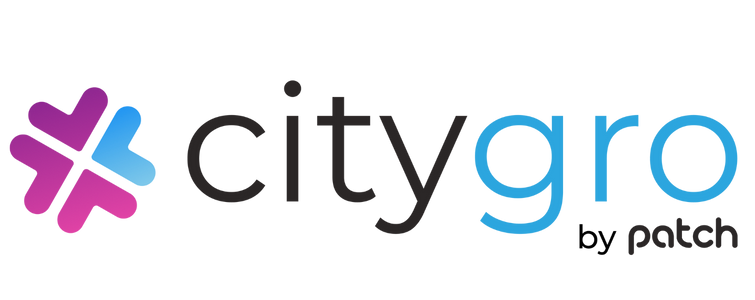

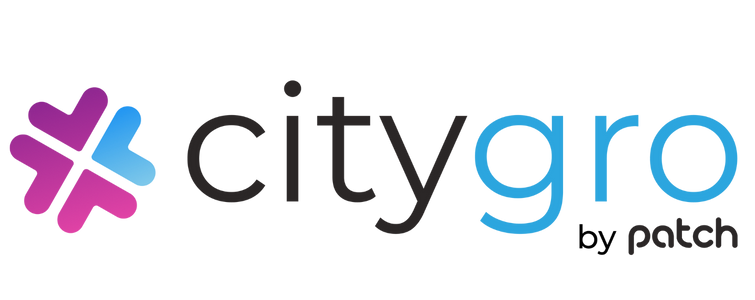


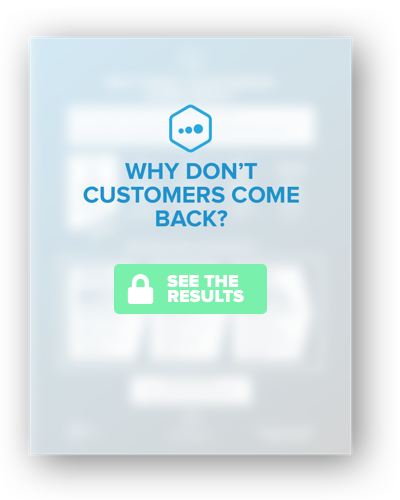
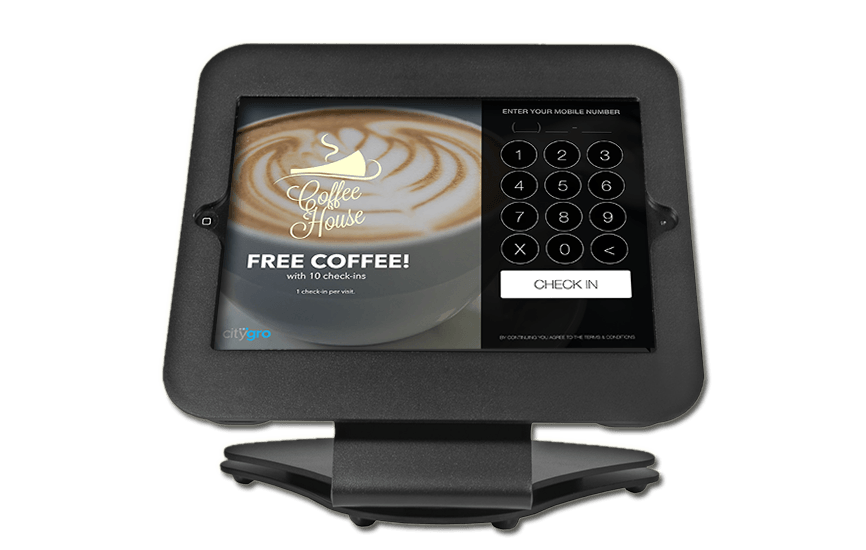 Get this section from Jon. Get this section from Jon. Get this section from Jon. Get this section from Jon. Get this section from Jon. Get this section from Jon. Get this section from Jon. Get this section from Jon. Get this section from Jon.
Get this section from Jon. Get this section from Jon. Get this section from Jon. Get this section from Jon. Get this section from Jon. Get this section from Jon. Get this section from Jon. Get this section from Jon. Get this section from Jon.
